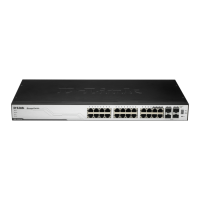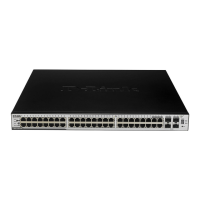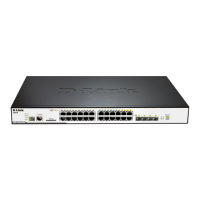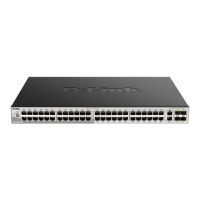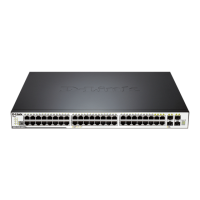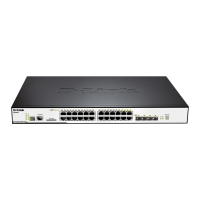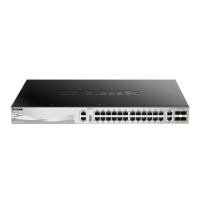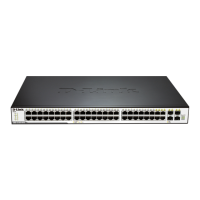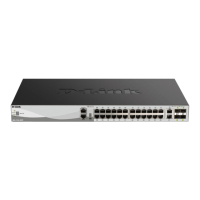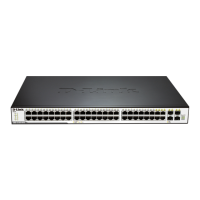DGS-3100 Series Gigabit Stackable Managed Switch User Manual
Defining MLD Snooping
Multicast Listener Discovery (MLD) Snooping performs the same function for IPv6 multicast routers as IGMP Snooping
does for IPv4 multicast routers.
The device supports two versions of MLD Snooping:
– MLDv1 Snooping detects MLDv1 control packets and sets up traffic bridging based on IPv6 destination
multicast addresses. MLDv1 is equivalent to IGMPv2.
– MLDv2 Snooping uses control packets to set up traffic forwarding based on source IPv6 address and
destination IPv6 multicast address. MLDv2 is equivalent to IGMPv3.
In a similar approach to IGMP snooping, MLD frames are snooped as they are forwarded by the switch from stations to an
upstream multicast router. This facility allows a switch to determine the following:
– Where (on which ports) stations interested in joining a specific multicast group are located
– Where (on which ports) multicast routers sending multicast frames are located
This knowledge is used to exclude irrelevant ports (ports for which no stations have registered to receive a specific multicast
group) from the forwarding set of an incoming multicast frame.
Two port types can be defined in the system:
– Host port - a port connected to an end-node device running an IGMP/MLD (multicast communication)
application.
– Multicast Router (mrouter) port - a port connecting multicast router ports to the switch. This port receives all
IGMP/MLD control packets (reports and queries) as well as all multicast data traffic associated with dynamic
Multicast groups.
A port can be both a host port and mrouter port simultaneously.
1. Click L2 Features > MLD Snooping. The MLD Snooping Page opens:
Figure 0–17 MLD Snooping Page
91
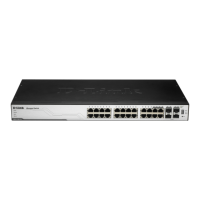
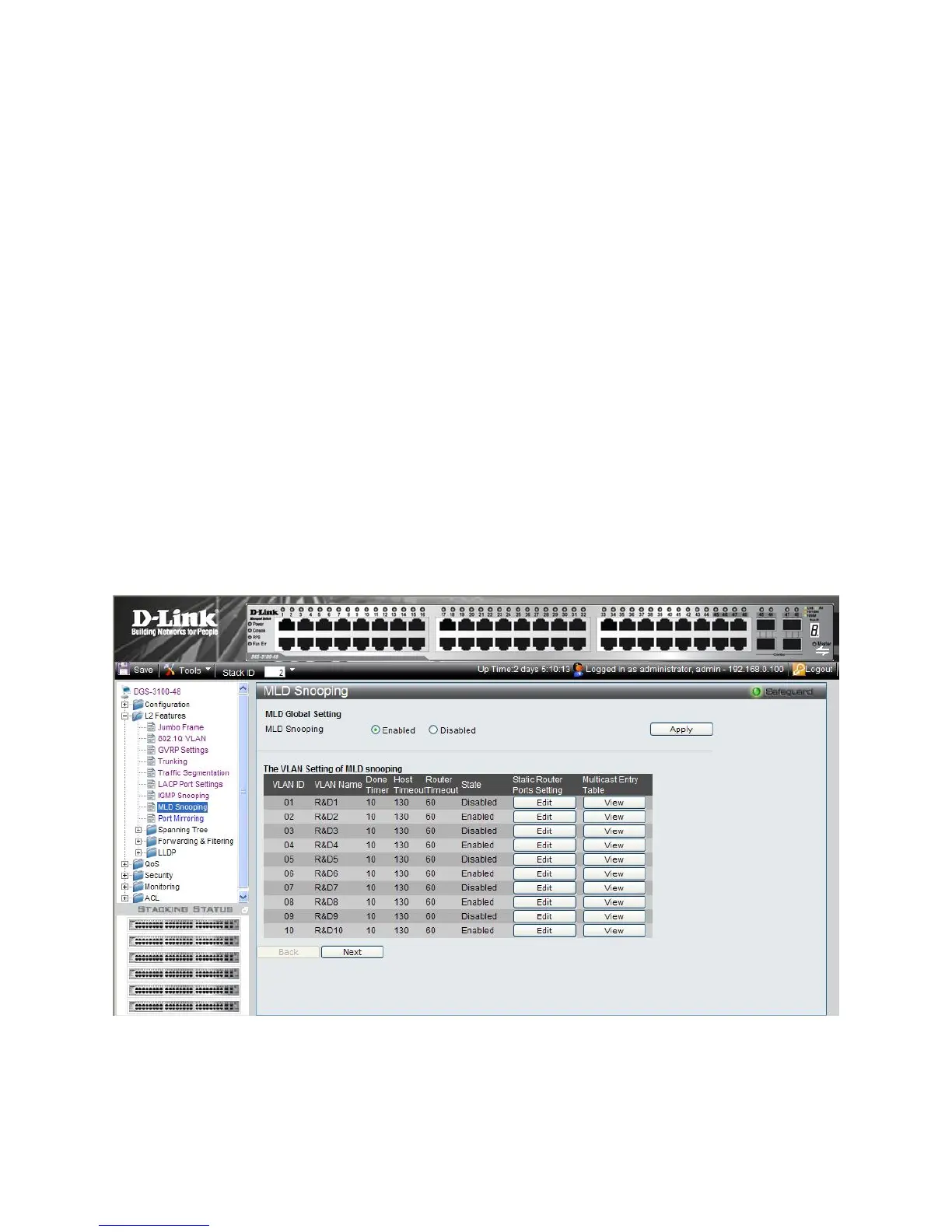